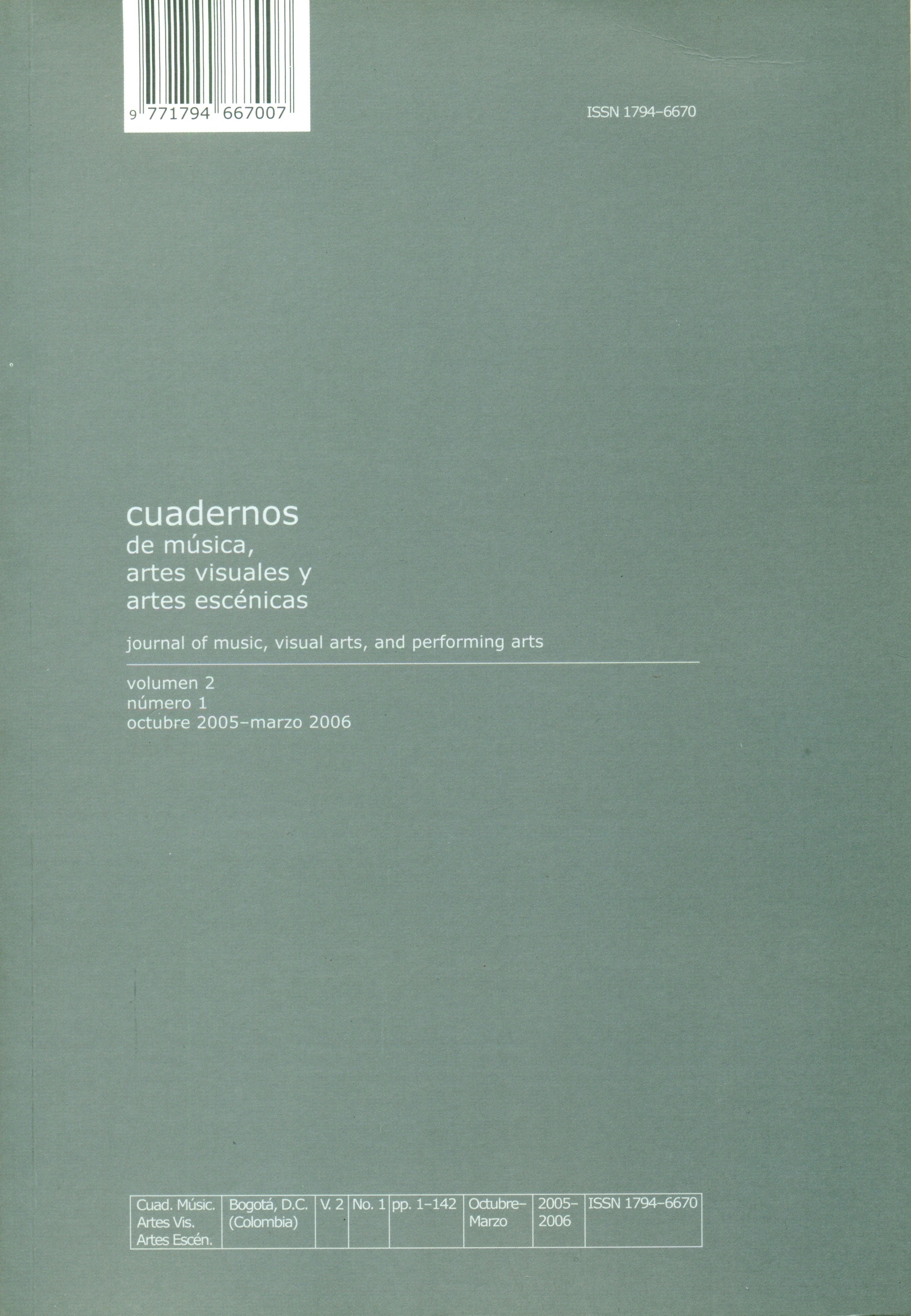Negrillas, negros y guineos y la representación musical de lo africano
##plugins.themes.bootstrap3.article.details##
Abstract
This article explores ethnic and social imaginaries embedded in a subgenre of the villancico, a vocal religious genre very popular in Spain and its colonies during the seventeenth and eighteenth centuries. Those villancicos known as negros or guineos portrayed African slaves by using particular stylistic clichés in their text, and in a lesser extent, in their music. The present study aims at establishing the connections between the villancico negro and the stereotypical character of the Black in the plays of the Spanish Siglo de Oro theatre. Illustrating the connections will help to fulfil two main objectives: first, to locate the stereotype within a larger context, that of ethnic tensions affecting the sixteenth-century Iberic peninsula’s society; second, to see how the same imaginary of race later spread out throughout the colonies. The argument is that Latin American villancicos negros simply followed the stereotype developed in the peninsula with no mediation, namely, never getting in contact with the oral sources of the slaved black populations. That contention casts some doubts on the assumed musical relationships between the villancicos negros and local musical traditions with African roots. In any case, although villancicos negros are biased representations of the culture of a dominated population, they provide important keys to understand the dynamics of race and mestizaje in the configuration of a Latin American colonial subjectivity.
Keywords
Villancico Negro, Siglo de Oro’s Theatre, RepresentationVillancico negro, teatro del Siglo de Oro, representación
References
How to Cite
Santamaría Delgado, C. (2005). Negrillas, negros y guineos y la representación musical de lo africano. Cuadernos De Música, Artes Visuales Y Artes Escénicas, 2(1), 4–20. Retrieved from https://ojspuj.repositoriodigital.com/index.php/cma/article/view/6428
Issue
Section
Articles


